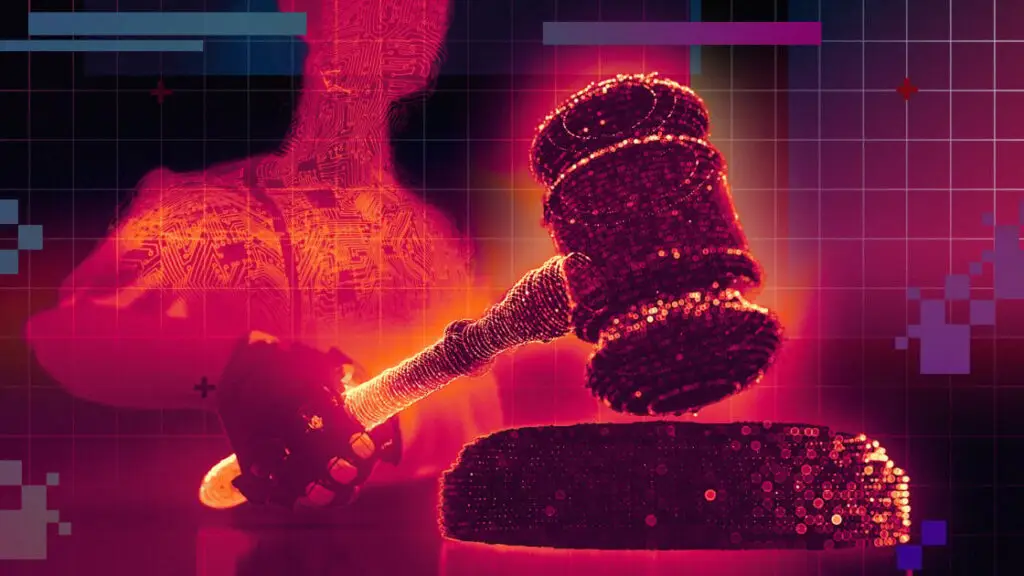Law & Order has remained the most viewed program on NBC since its debut in 1990, attracting millions with its gripping episodes, while CSI: Cyber was short-lived, lasting only two seasons. Past viewership indicates a preference for crime narratives involving murder and theft, rather than niche cybercrime themes like ARP spoofing or DNS poisoning.
During the RSAC 2025 Conference, a panel titled “Hot! Sizzling Cyber Law Topics” featured four attorneys discussing the distinctive challenges in current cyber law. Topics ranged from the rights of AI holograms to the privacy surrounding individual thoughts.
Ruth Bro, a specialist in privacy and cybersecurity law, emphasized long-standing concerns about technology intruding on privacy. She shared examples from the entertainment industry and referenced an 1890 law review article by Louis Brandeis, which discussed the right to privacy, catalyzed by advancements in affordable photography.
To illustrate the privacy risks posed by technology, Bro introduced the acronym BAD: representing biometrics, AI, and drones. She remarked, “Biometrics are among the most sensitive data types,” and noted that AI stores vast amounts of personal information. Drones, she explained, can have both positive and negative implications—ranging from insurance surveillance to improving emergency response times.
AI Hologram Rights and Wrongs
Ted Claypoole, partner at Womble Bond Dickinson LLP, discussed the impact of replacing human actors with AI-generated holograms. He cited the Elvis Evolution Experience, which will debut in London this summer, highlighting the entertainment industry’s potential when permissions are secured. Claypoole also pointed out that the new Ensuring Likeness, Voice, and Image Security Act in Tennessee bans deepfakes and allows legal recourse for misuse.
Regulators Take Aim at Algorithmic Discrimination
Lucy Thomson from Livingston PLLC discussed regulations aimed at preventing algorithmic discrimination in software development. The forthcoming Colorado Artificial Intelligence Act mandates that developers ensure ethical use of AI in high-stakes systems impacting areas such as education and employment. “Humans must remain in control of these systems,” she emphasized.
The Rise of ‘Neuro Privacy’
Claypoole returned to elaborate on what he termed “I know what you thought last summer,” referencing a 2013 article that raised questions about the use of fMRI technology to interpret thoughts. As personal devices now capture mental data, the EU has proposed five neurodata-related human rights, including cognitive liberty and mental privacy, to safeguard individual thought processes.



